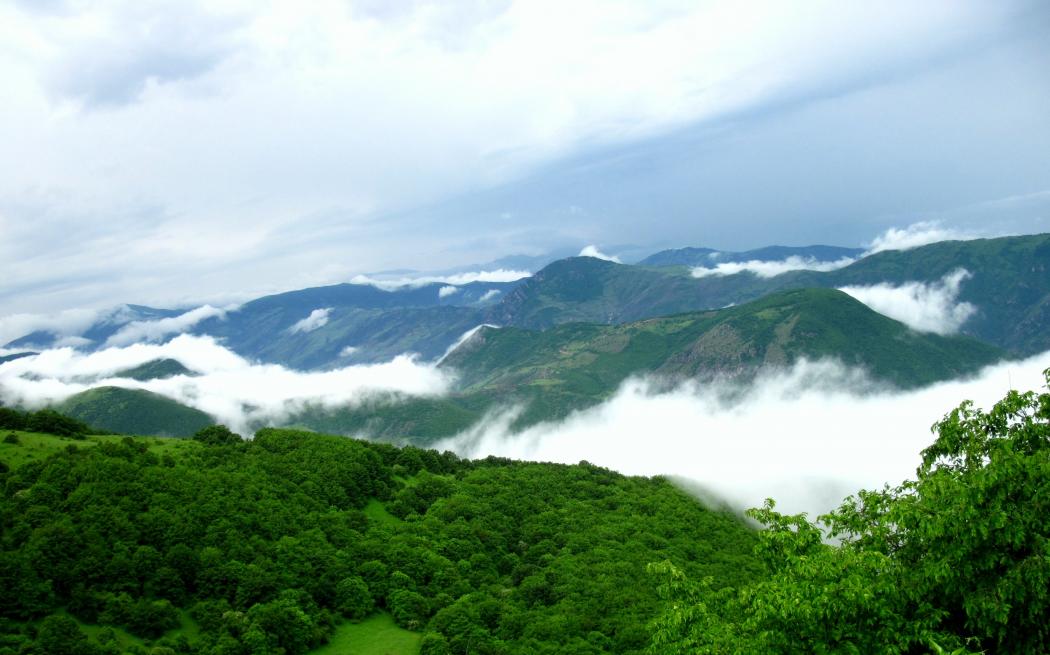Despite boasting several historical and cultural world heritage sites, Iran has no UNESCO-listed natural heritage site. However, things may change.
Iran’s primary nominee for inscription on the World Natural Heritage List in 2016 is Lut Desert, or Dasht-e Lut, as locals call it.
The 39th session of the World Heritage Committee in Bonn, Germany, which ended on July 8, concluded with the inscription of the historical city of Susa in Khuzestan Province and the ancient Meymand Village in Kerman Province, increasing the number of Iran’s world heritage sites to 19.
Lut Desert’s addition in the 40th session of World Heritage Committee will boost Iran’s list of globally-recognized heritage sites.
Lut Desert: Earth’s Hottest Spot
Confirming the news, Farhad Nazari, the head of Cultural and Historical Heritages Registration Office at Iran’s Cultural Heritage, Handicrafts and Tourism Organization, told Mehr News Agency the desert has “a very good chance” for inscription.
“The desert spans three provinces: Kerman, Sistan-Baluchestan and South Khorasan. It also boasts the world’s tallest sand-dune—even taller than those found in China,” he said.
A defining feature of Lut is its yardangs, which are wind-molded landforms that develop in the world’s dry lands. Massive yardangs, aptly called “mega-yardangs”, are easily identified on satellite images—which is the case for those found in Lut Desert.
The 25th largest desert in the world, Lut is also one of the hottest spots on Earth and recorded the highest temperature ever measured on the planet in 2005: 70.7 degrees Celsius.
In June, Farhad Azizi, director general for world heritage affairs, said a headquarters for Lut Desert will be established in Shafiabad Village in Kerman Province, once the desert is inscribed on the World Heritage List, to oversee all activities related to the desert.
Arasbaran: The Misty Mountains
According to Nazari, Arasbaran will be nominated for inscription during the 41st session of the World Heritage Committee in 2017.
Arasbaran is a massive mountainous region in East Azarbaijan Province, stretching along the province’s eastern border. In 1976, 72,460 hectares of the region were recognized as a biosphere reserve by UNESCO.
The region covers mountains with a height of 2,200 meters, high alpine meadows, semi-arid steppes, rangelands, forests, rivers and springs.
About 23,500 nomads live in the area. Economic activities in the biosphere reserve are mainly agriculture, animal husbandry, horticulture, apiculture, handicrafts and tourism.
Due to its mist-clad mountains, the region is sometimes referred to as “The Misty Mountains”, inspired by an epic mountain range of the same name in J.R.R. Tolkien’s fantasy world of Middle-earth.


